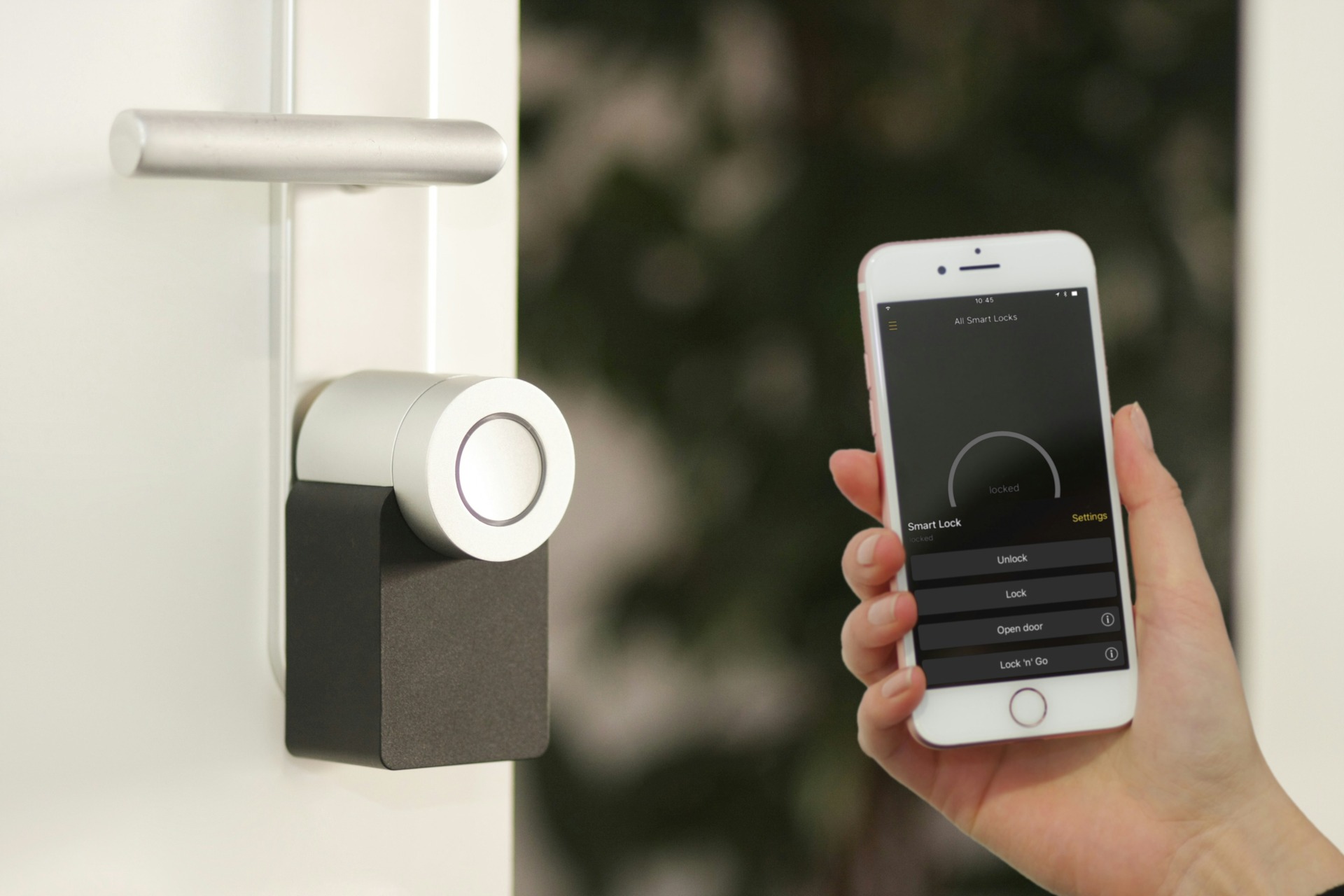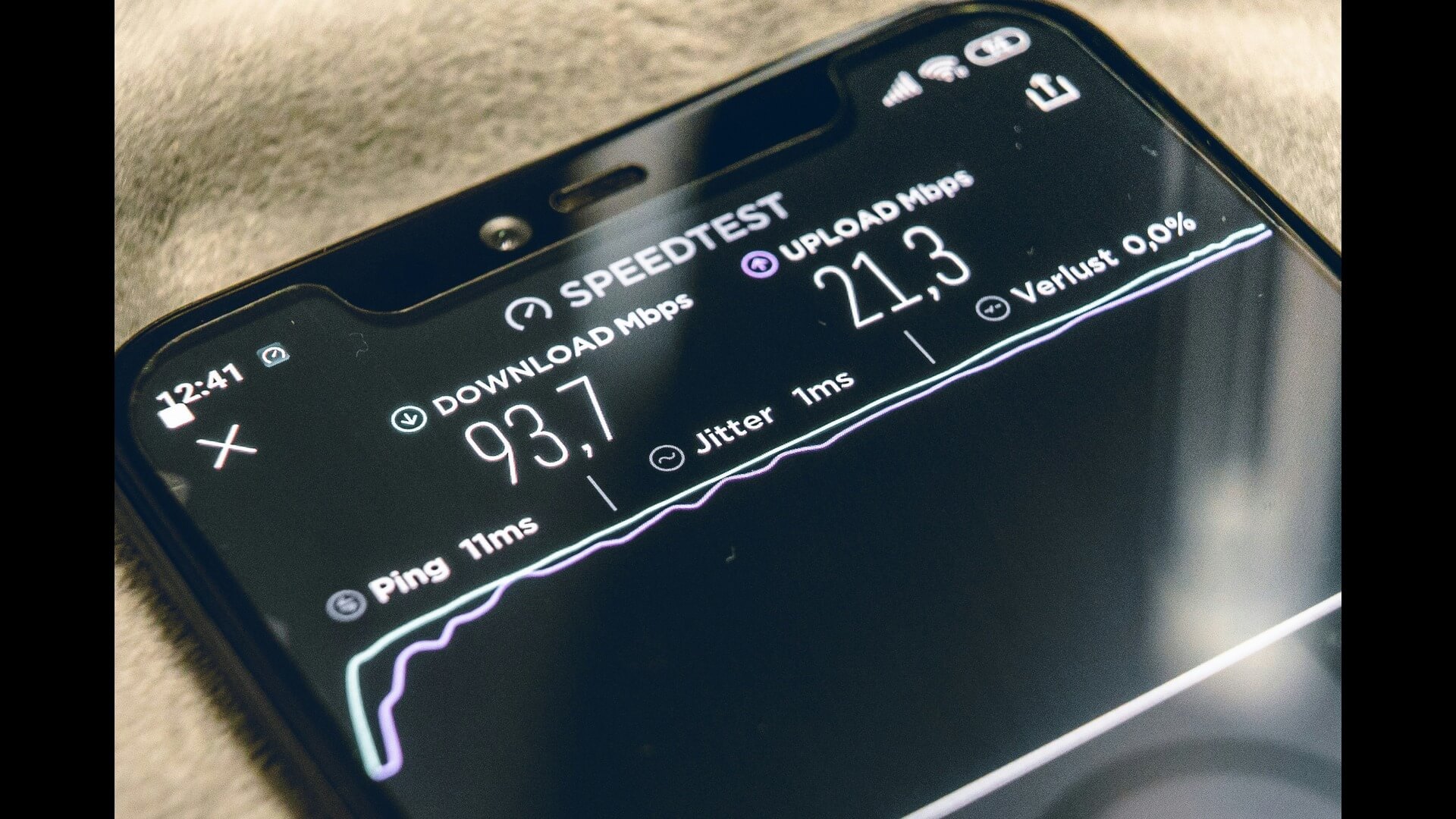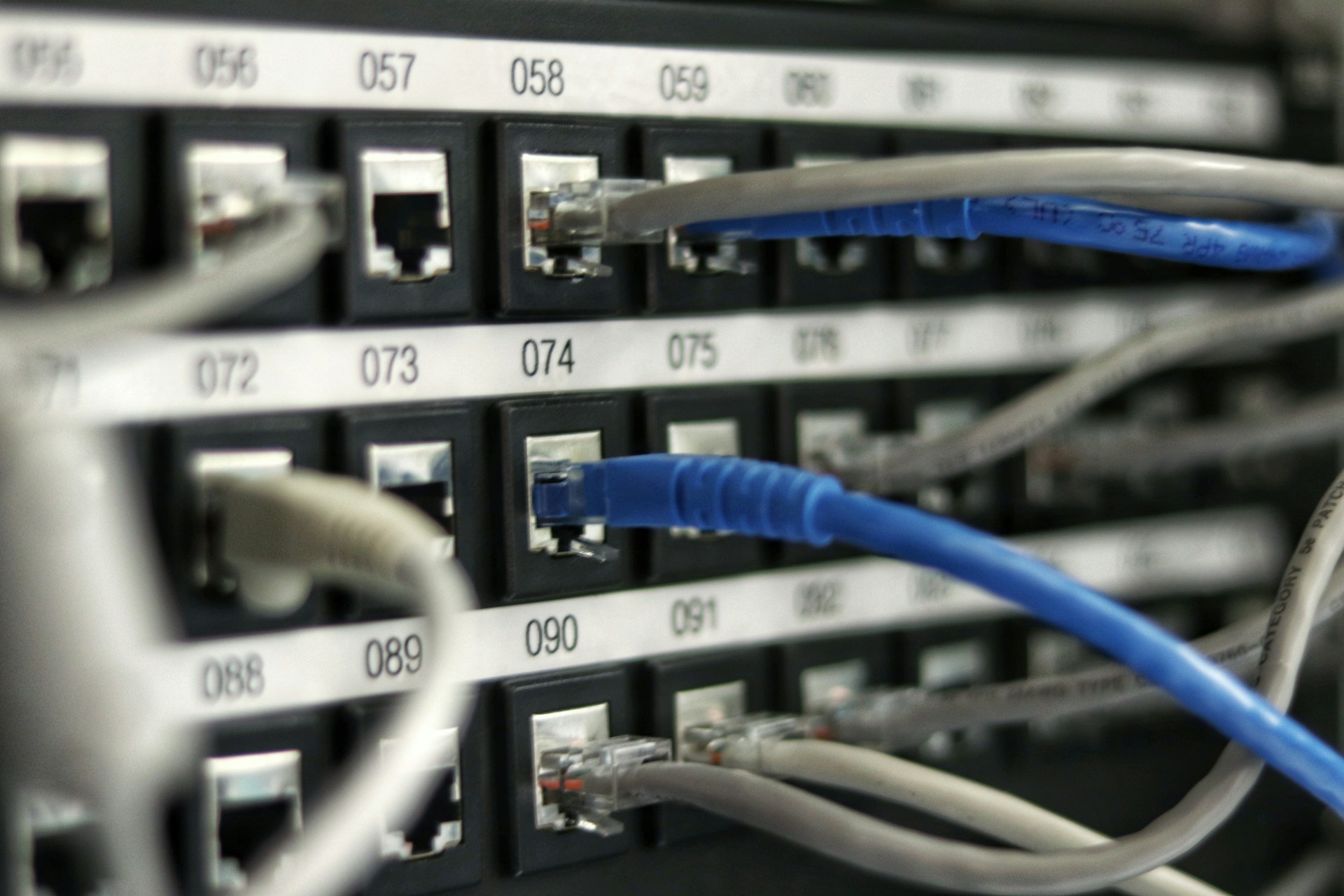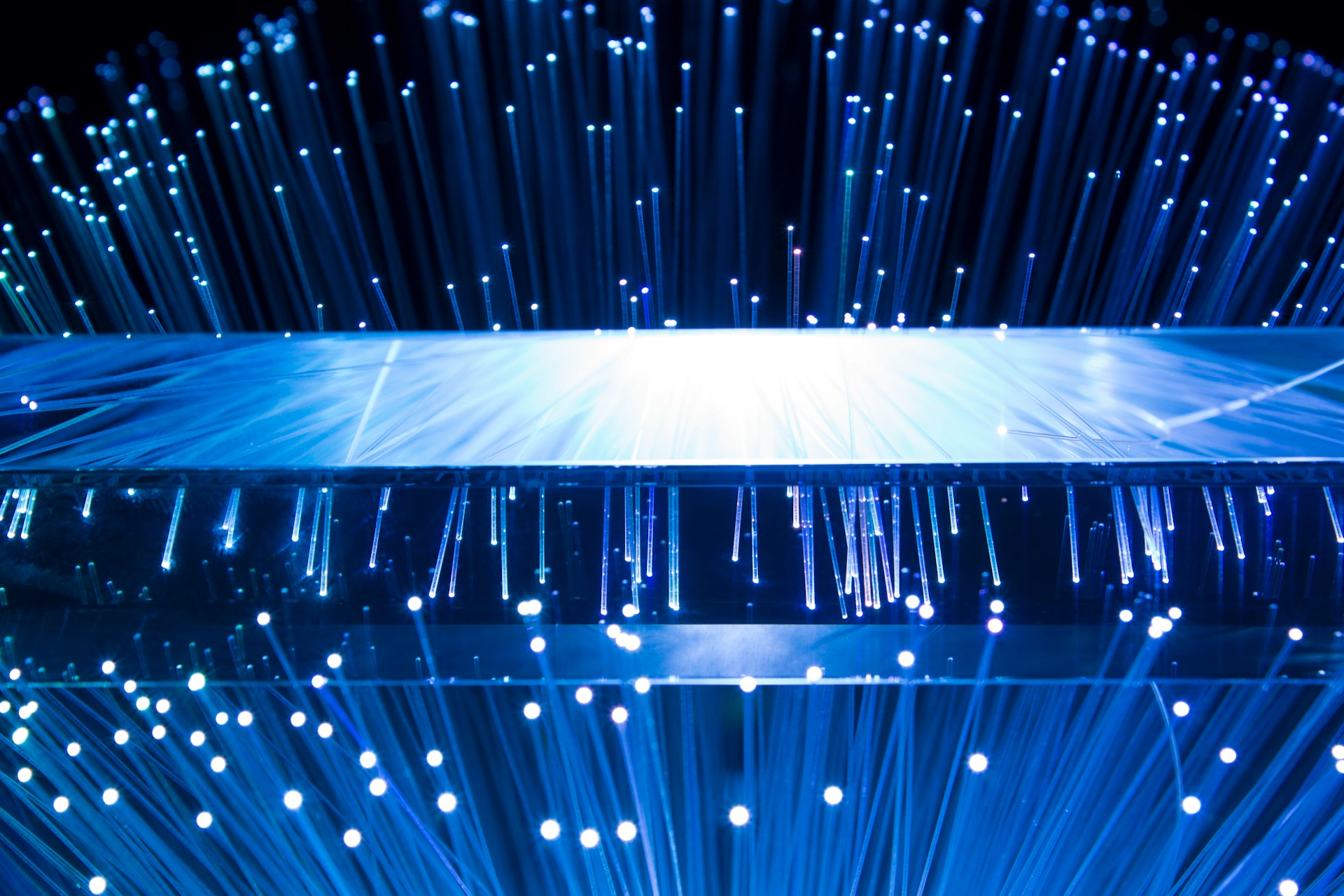
Smart Home Revolution: How IoT is Transforming Living Spaces
March 14, 2024 - Lou Farrell
Revolutionized is reader-supported. When you buy through links on our site, we may earn an affiliate commission. Learn more here.
The smart home revolution is a significant leap in how people interact with living spaces, driven by the Internet of Things (IoT). It refers to the network of interconnected devices that communicate and exchange data, transforming ordinary houses into “smart homes.”
These smart homes come with various devices — like thermostats, lighting systems and security cameras — all interconnected and controlled remotely, often via smartphones or voice commands.
Integrating technology into every living has made homes more convenient, efficient and responsive to people’s needs. IoT in smart homes allows for automated temperature, lighting and security adjustments based on real-time data and user preferences.
The Evolution of Smart Homes
Initially, it was a luxury for the tech-savvy or the wealthy, focusing on basic tasks like automated garage doors and remote-controlled gates. The concept began in the early 20th century with devices like refrigerators and washing machines, which were revolutionary then.
The real game-changer happened in the late 20th century with the introduction of home computers and the internet. These technologies laid the foundation for more sophisticated home automation. In the early 2000s, the rise of digital and wireless technologies made automation more accessible and functional.
The leap to IoT-enabled smart homes came with advancements in wireless technology, cloud computing and the miniaturization of processors. For instance, Wi-Fi and Bluetooth allow devices to communicate seamlessly. Moreover, cloud computing enables data storage and processing off-site, making smart devices more intelligent and adaptable.
Today, IoT in homes isn’t just about convenience — it’s about systems that learn and adapt to our preferences, creating living spaces more in tune with our needs and habits. In 2023, at least 63 million households have shifted to a smart home. This transformation has made this innovation a rapidly growing trend, changing how people live and interact with their surroundings.
Current State of Smart Home Technology
Current smart home technologies offer an impressive range of features that cater to convenience, energy efficiency and security. IoT devices are at the heart of these technologies, seamlessly integrating into homes to provide a connected, automated experience.
- Smart Thermostats: Devices learn from your habits to adjust heating and cooling for optimal comfort and efficiency. Smartphones can control these remotely, making managing your home’s climate easy.
- Smart Lighting: LED bulbs can change colors and brightness, set schedules and even sync with music or movies, all controlled via smartphone apps or voice commands.
- Security Systems: Smart security systems include doorbell cameras, motion sensors and smart locks. Some brands offer real-time alerts and video streaming to enhance home security.
- Integration and ecosystems: These devices often work within ecosystems, allowing for centralized control and automation of multiple devices.
User experiences with these technologies have generally been positive, emphasizing convenience and improved quality of life. However, the learning curve for some technologies and concerns about data privacy are notable considerations.
Adoption rates are steadily increasing as these technologies become more affordable and user-friendly. The growing awareness of energy efficiency and the allure of having a modern, tech-savvy home also drive this trend.
Benefits of Smart Homes
Smart home technologies significantly contribute to energy efficiency and cost savings. Smart thermostats, for instance, adjust the heating and cooling based on your habits and preferences, reducing unnecessary energy use.
It saves on utility bills and lessens the environmental impact. Similarly, smart lighting systems — which you can program to turn off when you don’t need them — further contribute to energy savings.
In terms of security and safety, smart homes have made impressive strides — for example, smart locks offer keyless entry and the ability to control access to your home remotely. Doorbell cameras and security systems provide real-time surveillance, alerting homeowners to unusual activity.
Smart home technology’s convenience and lifestyle enhancements are immediately noticeable benefits. Managing various aspects of your home remotely through a smartphone app or voice commands adds ease and efficiency to daily routines.
Features — like automated blinds, voice-activated appliances and multi-room music systems — enhance the living experience, making it more comfortable and tailored to personal preferences. Overall, these technologies make homes more innovative and attuned to the needs and lifestyles of their inhabitants, leading to a more efficient, secure and comfortable living environment.
Challenges and Concerns
Integrating IoT devices into smart homes brings several challenges and concerns, particularly regarding privacy, security, interoperability, maintenance and cost.
- Privacy and security risks: If you don’t properly secure these devices, they may be vulnerable to hacking, leading to potential security breaches. Manufacturers continually work to strengthen security measures, but the risks remain a significant concern for users.
- Technical challenges: The need for more standardization across different brands and platforms can lead to compatibility issues, impacting user experience. Moreover, regular updates are necessary to keep these devices functioning optimally and securely.
- Cost and accessibility: The initial investment for smart home devices can be high, especially for premium products. There’s also a learning curve associated with these technologies.
Despite these challenges, ongoing technological advancements are gradually addressing these issues, making smart homes more secure, interoperable, user-friendly and accessible to a broader range of consumers.
Future of Smart Homes
Emerging technologies and trends in smart home IoT may further revolutionize home living. Key among these are AI integration and voice control, which are already making homes more innovative and intuitive.
For instance, AI can optimize heating and cooling based on usage patterns, leading to significant energy savings. Meanwhile, voice control technologies are becoming more sophisticated, moving towards more natural, context-aware interactions. This evolution promises a future where smart homes are more accessible and user-friendly.
The future of the IoT in home living suggests a shift towards greater autonomy and integration. Smart devices may become more proactive, anticipating and catering to the needs of homeowners with minimal input.
It includes broader integration of the IoT across various home appliances, turning essential items into intelligent devices. Alongside these advancements, there will be an increased focus on addressing privacy and security concerns, ensuring these technologies are safe and trustworthy for widespread use.
The Lasting Impact of a Smart Home
As these technologies evolve, their success hinges on their ability to enhance daily life without overwhelming users. The key is creating intuitive, user-friendly systems that respect privacy and security while providing tangible benefits like energy efficiency and convenience.
Moreover, the smart home convenience is about creating living spaces that are more responsive, efficient and harmonious with users and the environment. It is the exciting trajectory this technology will follow, leading society towards a more connected and sustainable future.
Revolutionized is reader-supported. When you buy through links on our site, we may earn an affiliate commission. Learn more here.
Author
Lou Farrell
Lou Farrell, Senior Editor, is a science and technology writer at Revolutionized, specializing in technological advancements and the impacts on the environment from new developments in the industry. He loves almost nothing more than writing, and enthusiastically tackles each new challenge in this ever-changing world. If not writing, he enjoys unwinding with some casual gaming, or a good sci-fi or fantasy novel.







